

There are many factors that can affect the costs
The Anterior Cruciate Ligament (ACL) is located in the knee and provides stability for the entire leg and lower half of the body. It is one of four major ligaments in the knee joint and perhaps the most important, allowing the knee to bend and twist without discomfort or limited motion. With similar properties to an elastic band, the anterior cruciate ligament can only pull, twist or stretch so far before it becomes damaged or tears. In fact, despite being incredibly resilient it can only stretch around 2mm before it begins to tear.
The vast majority of anterior cruciate ligament tears occur when the knee twists, jars or stretches in an awkward fashion. This usually happens with a quick change of direction, a heavy landing after a jump or a sudden stop after running at high speed, but may also be the result of an impact collision. An ACL tear is one the most common injuries in contact sports played at speed such as football, basketball, hockey and rugby. An ACL tear is characterized by a â??poppingâ?? sound during a twisting motion, followed by instability which may feel like the knee is collapsing while you try to walk. In the hours following the injury there is likely to be a significant amount of pain and swelling.
The best way to confirm a torn ACL is an MRI scan alongside a physical scan. Depending on whether the ligament is fully or partially torn, there are a number of treatment options available. For a partial tear a course of physical therapy may be enough to restore strength to the ligament, although it is unlikely it will ever return to the condition it was in before the injury. Physiotherapy may also be an option for those who are not so physically active. If the anterior cruciate ligament has been fully torn then surgery is usually the best option, and the only option for anyone who wishes to return to playing impact sports. During ACL surgery a healthy ligament graft is usually taken from the hamstring or groin.
Tgeon makes a small incision below the knee through which kneecap can be accessed, before the damaged ligament is cut away and removed. The graft material is then inserted and secured in place using screws or a cement-like glue. The incision can then be closed up. ACL surgery lasts around 2 hours and is carried out under general anesthetic. The knee will be heavily wrapped in bandages and dressing following surgery to keep the wound clean and allow it to heal. A leg brace is usually provided and you will need to walk with crutches for a minimum of four weeks, whilst some form of light physiotherapy can begin in the week after surgery. In order to fully restore full strength and range of motion in the knee joint, a full course of physiotherapy must be undertaken for around 3-4 months. Most ACL surgery patients cannot return to competitive sport for at least 6 months.
Where can I find ACL surgery abroad?
With the cost of knee ligament surgery at home proving too expensive, many patients from the United States and the United Kingdom choose to look abroad for quality, more affordable surgery. There are many destinations around the world with hospitals and clinics specializing in ACL reconstruction surgery. Knee Ligament Surgery (ACL) in India Knee Ligament Surgery (ACL) in Germany Knee Ligament Surgery (ACL) in Spain For more information, read our Knee Ligament Surgery (ACL) Cost Guide,
Knee ligament surgery (ACL) is performed to repair a torn anterior cruciate ligament (ACL). The ACL is a ligament in the knee which provides stability to the knee, by connecting the shin and thigh bones at the joint in the knee. ACL injury is one of the most common sports injuries. It commonly occurs during sports such as football or skiing. It can tear as a result of sudden movements and once damaged, it can make it difficult to continue playing sports. Many patients who are not very active may choose not to undergo surgery if the tear is not extreme and symptoms are not impacting daily life. However surgery is recommended for active patients or in cases where the tear is affecting the quality of life.
Patients should note that choosing not to undergo surgery to repair the tear can occasionally result in further damage to the knee. Age, lifestyle, and the stability of the knee are important factors which should be taken into consideration when deciding on whether or not to have surgery. The surgery can be performed as open surgery or as a minimally invasive surgery, using an arthroscope. Recommended for Repairing partially torn or fully torn anterior cruciate ligament.
Time requirements Number of days in hospital 1 . Overnight stay not required. Average length of stay abroad 1 weeks. After ACL surgery, patients will need to be cleared for flying by the surgeon. The patient will need follow up physical therapy afterwards, however this can be arranged closer to home. Number of trips abroad needed 1. The surgery requires 1 trip abroad, however patients should stay for a long period to receive physical therapy, or arrange physical therapy back home afterwards. ACL tears are common sports injuries, caused by quickly changing direction or falling and landing from a bent position.
Patients will usually have a consultation with an orthopedic surgeon to discuss the surgery and ensure they are suitable a candidate for undergoing surgery. Surgery is usually postponed until at least a few weeks after the initial injury, in order to allow muscles to strengthen.
In some cases physical therapy is recommend before the surgery to strengthen muscles which will help with the recovery process after the surgery. Ahead of the surgery, the doctor will take X-ray images of the knee and in some cases a CT (computed tomography) scan may also be taken.
Patients will usually be administered with a general anesthetic before the surgery begins, therefore patients are advised to refrain from eating and drinking in the hours preceding the surgery. It is advisable to arrange for a friend or family member to help during the recovery process, as it will be difficult to move in the first 2 weeks after the surgery.,
Patients will be administered with a general anesthetic before the surgery begins. While the surgery can be performed as open surgery or arthroscopically, arthroscopic surgery is the preferred method, as it is minimally invasive and has a quicker recovery time. The surgeon will begin by making small incisions in the knee and insert an arthroscope through the incision to examine the damage to the ACL. The arthroscope is a thin and flexible tube which is fitted with a light and a camera, which transmits images to a computer monitored by the surgeon.
If there is surrounding damage to the knee, the surgeon can attach small instruments to the arthroscope to make minor repairs. Once the ACL is torn, the surgeon will take a graft of tissue from elsewhere in the body, usually from the tendons in the hamstring or tendons from the knee cap, to make the repair. In some cases donor tissue may be used to make the repair or a synthetic graft may be used. The surgeon will then remove the damaged ligament using tools attached to the arthroscope and will replace the ligament with the graft, securing it into place with screws or staples.
The movement of the knee is then tested by the surgeon, ensuring that the knee has a full range of motion. The incision site is then closed with sutures and the wound is dressed. Anesthesia General anesthetic. Procedure duration The Knee Ligament Surgery (ACL) takes 1 to 2 hours. ACL surgery repairs the tear in the ligament.,
Post procedure care After the surgery, the knee will be sore and swollen and a fixed leg brace is to be worn for up to 2 weeks after the surgery to restrict movement. The incision site should be kept clean and dry and the doctor will usually prescribe pain medication to manage post surgery pain. Once the knee begins to heal, patients will be fitted with an additional leg brace which will allow movement and help the patient to walk.
Patients will need to have physical therapy after the surgery to build the strength in the knee and stabilize it. This is usually necessary for 4 to 6 months post surgery. Apart from physical therapy, patients should not perform any other exercise for the first 3 months after surgery. Possible discomfort The patient is likely to be lethargic for several days after surgery as well as suffering with a swelling on the treated leg.,
| Artemis Hospital | |
| BLK-MAX Super Specialty Hospital | |
| Fortis Memorial Research Institute | |
| Fortis Escorts Heart Institute | |
| Medanta - The Medicity | |
| Max Super Specialty Hospital Saket | |
| Max Super Specialty Hospital Shalimar Bagh | |
| Max Super Specialty Hospital - Gurgaon | |
| Max Super Specialty Hospital Patparganj | |
| Fortis Hospital Mulund |
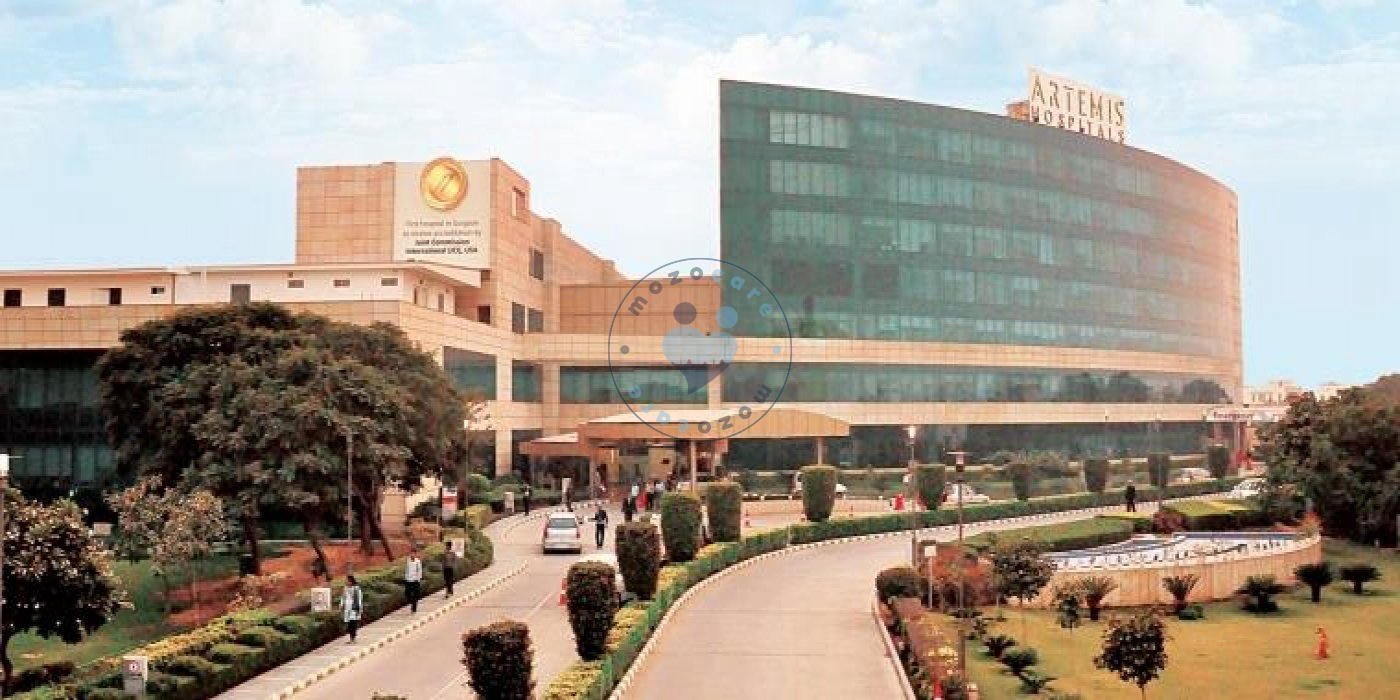
Gurgaon, India
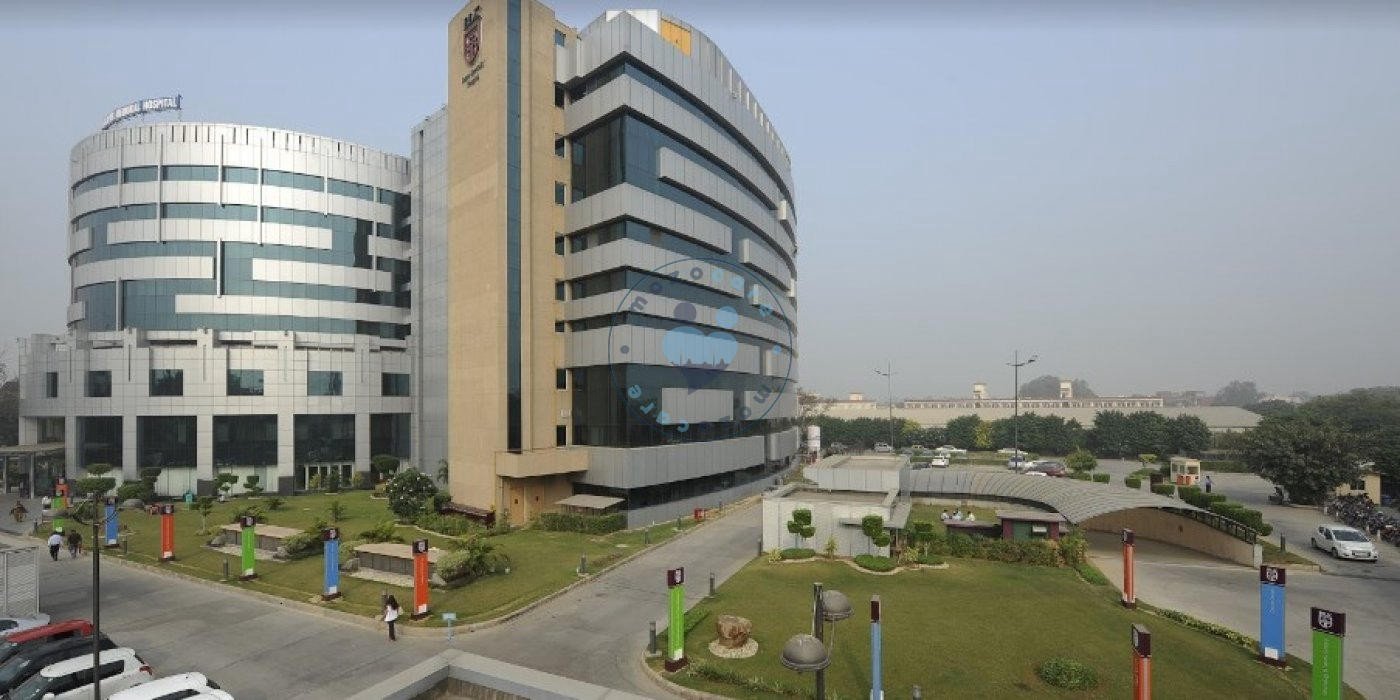
New Delhi, India
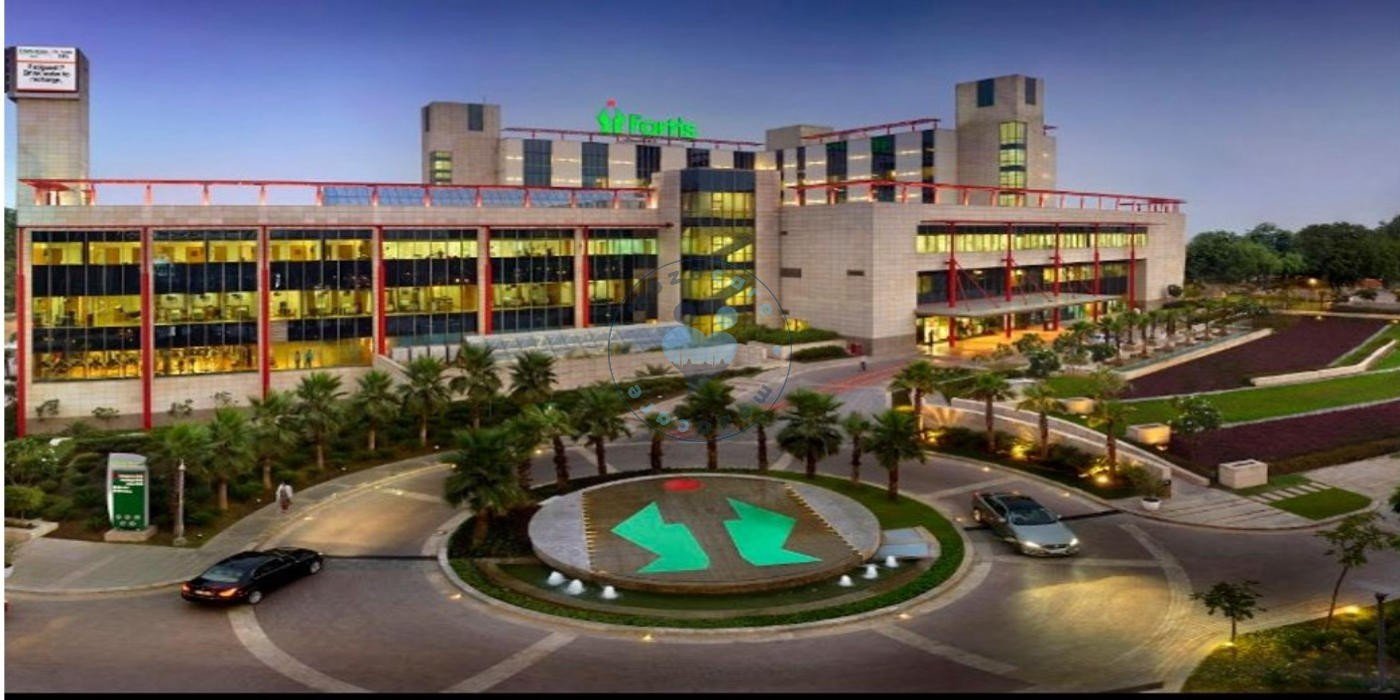
Gurgaon, India
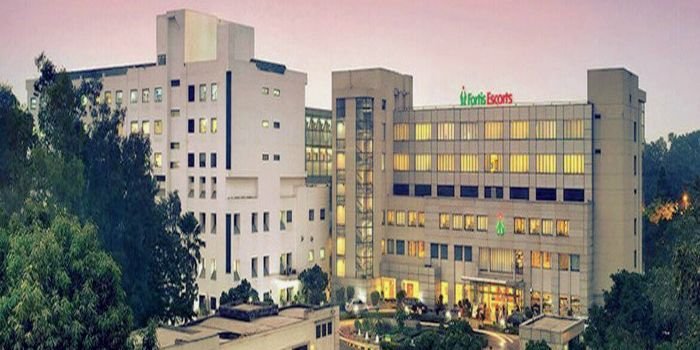
New Delhi, India
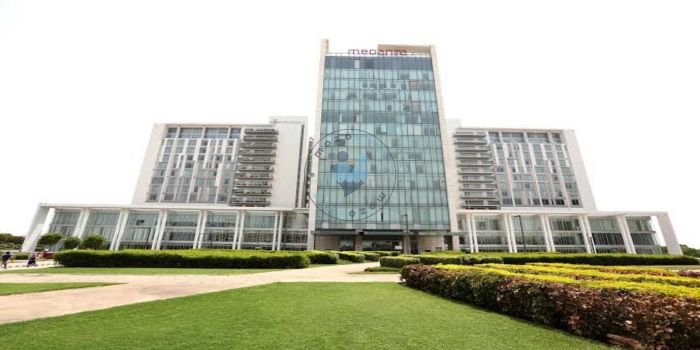
Gurgaon, India